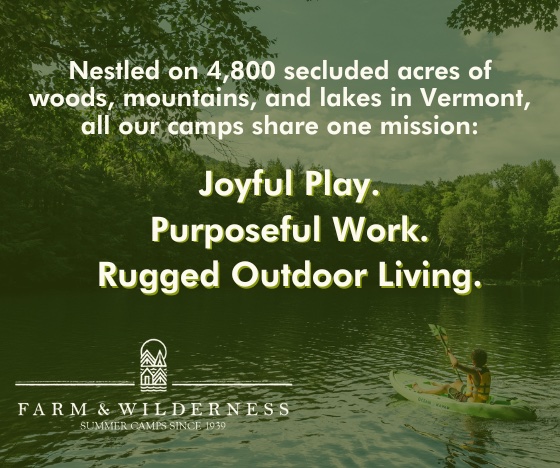The Vermont Fish and Wildlife Department says bear hunting season starts in September and reminds hunters about the bear hunting regulations.
Vermont has two bear hunting seasons. The early season, which requires a special bear tag, starts Sept. 1, and continues through Nov. 11 with one exception. Nonresident hunters using dogs cannot start bear hunting until Sept. 15. The late bear season begins Nov.12 and continues through Nov. 20. A hunter may only take one bear during the year.
In addition to a hunting license, a bear hunter using a bow or crossbow must have a prior or current bow license or a certificate proving completion of a bow hunter education course.
The hunter must field dress the bear before taking it to a reporting station. It is also legal to skin the bear and cut it up in order to carry it out of the woods. Although the bear must be reported within 48 hours, Fish and Wildlife urges doing so quickly to cool the meat. The hunter must also collect and submit a pre-molar tooth from the bear at the time the bear is reported or within 30 days. The tooth provides important data on the age structure and size of the bear population.
Upon the request of a game warden, a person harvesting a bear is required to return to the kill site with a game warden.
“Bears will be feeding along power lines and in forest openings and old fields where berries and apples can be found as well as in forested beech and oak stands,” said Vermont’s Director of Wildlife Mark Scott. “They also are likely to be feeding on standing corn.”
Scott says Vermont’s regulated legal bear hunting seasons help manage the state’s population.
“Fifty years ago Vermont had less than 1,500 bears, and they were found mostly in the mountains and northeastern quarter of the state,” he said. “Bears are now found statewide except in Grand Isle County, and although we have successfully increased bear numbers close to 6,000, the human population also has increased, resulting in more encounters between humans and bears. Carefully regulated legal hunting helps control the growth of the black bear population and allows for their sustainable use, while decreasing interactions with humans.”
Scott says with bears being so abundant, this is a great opportunity for hunters who have never hunted bear to do so this year. He says properly prepared bear meat is highly nutritious. The key to successfully securing good meat is to skin the bear as soon as possible and process it immediately if you do not have access to a large cooler.
Scott recommends that hunters refrain from shooting a bear with cubs as well as bears observed in groups as they are usually made up of sows with cubs.
Vermont Fish & Wildlife urges hunters to download and read the 2022 Black Bear Hunting Guide at vtfishandwildlife.com/hunt/black-bear.




